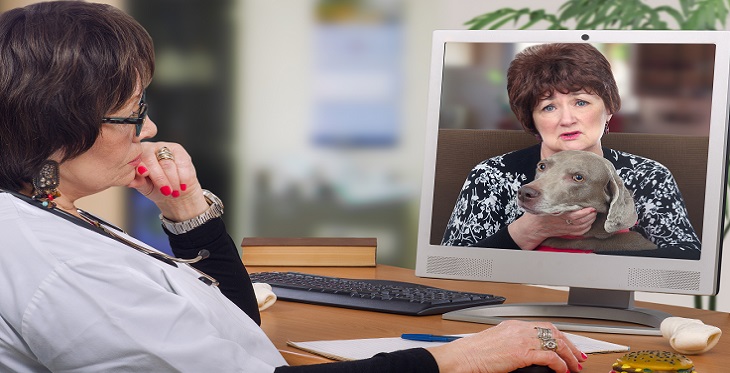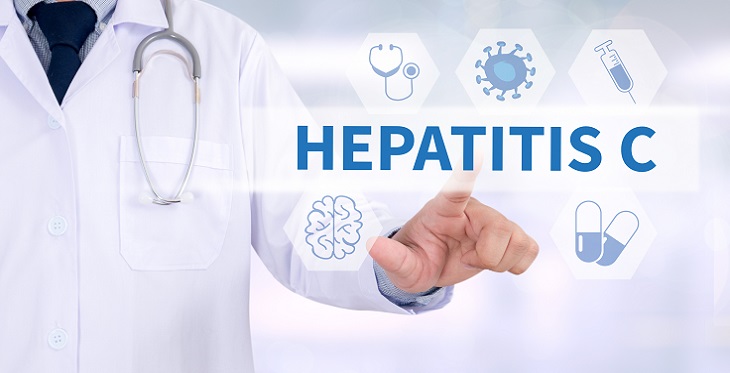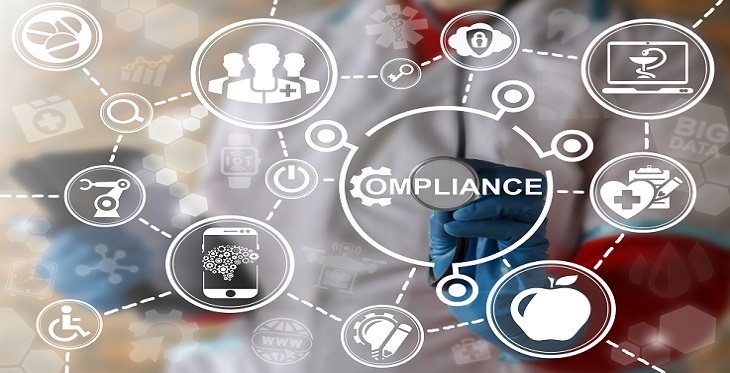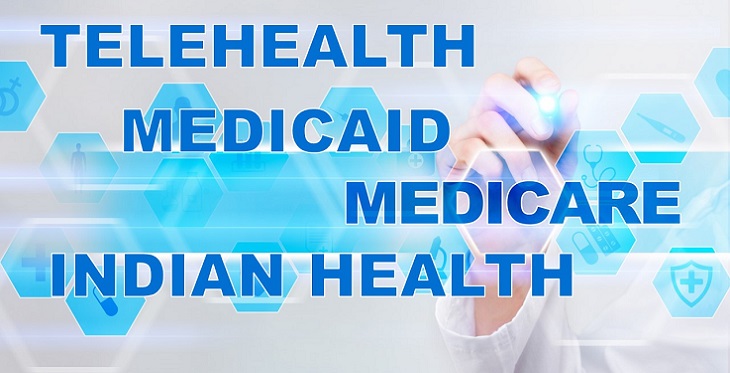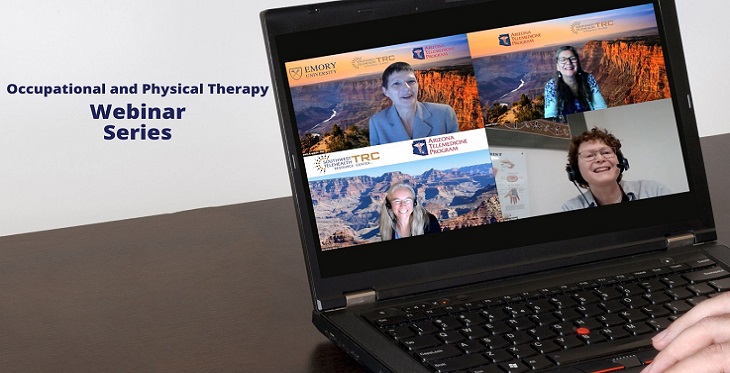SWTRC hosts Nevada healthcare professionals virtually and in-person in unique conference that took place in Carson City, Reno and Las Vegas
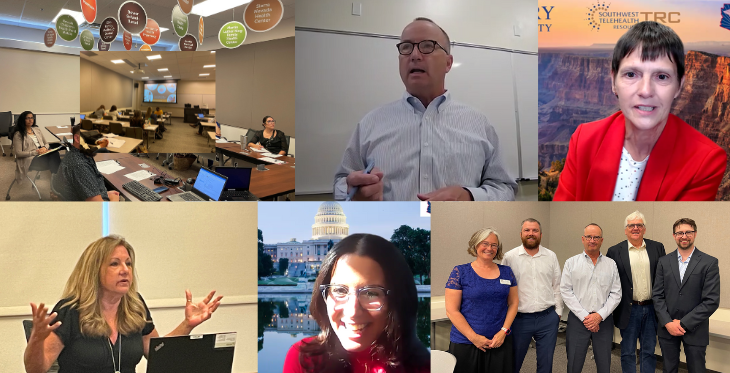
“This telehealth conference has been over a year in the making. We've been wanting to do this for some time ... I'm thrilled that this is happening,” John Packham said, welcoming healthcare providers gathered at University of Nevada–Reno, simultaneously connecting with others located in Carson City at the Nevada Health Centers, Las Vegas at UNLV, and virtually.
Packham, Associate Dean for the Office of Statewide Initiatives, University of Nevada–Reno, School of Medicine, added the timing of the conference was perfect with the dust setting on the pandemic.



